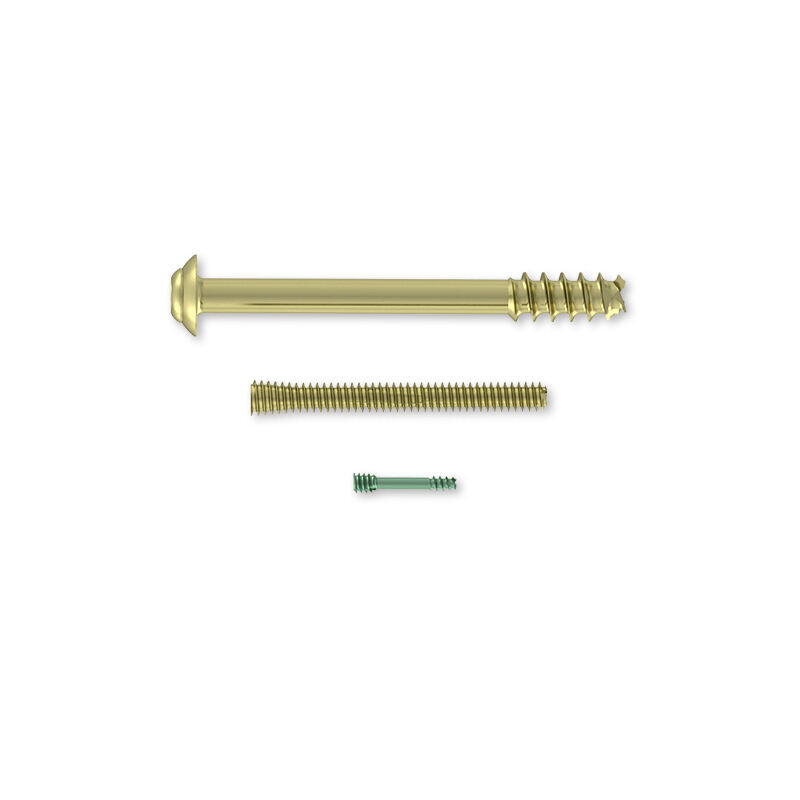קיבוע עמוד השדרה
קביעת עמוד השדרה, הידועה גם בשם קביעת עמוד השדרה, היא הליך כירורגי שנועד לייצב את עמוד השדרה על ידי מיזוג שני חוליות או יותר יחד. תפקידה העיקרי הוא למנוע תנועה מוגזמת בין החוליות, אשר עלולה לגרום לכאב, תסמינים נוירולוגיים, או נזק נוסף. תכונות טכנולוגיות של התהליך כוללות שימוש בציצים, בורג, קרסולים וקופסאות, אשר משותקים לתוך עמוד השדרה כדי לשמור על יציבות בזמן ההתמזגות. יישומי קביעת עמוד השדרה מגוונים, החל מטיפול בתנאים כמו דיסקים מחופשים ושברים ועד בעיות מורכבות יותר כמו סקוליוזיס וגידולים בעמוד השדרה. הליך זה הוא היבט קריטי לניהול הפרעות עמוד השדרה שונות, מתן למטופלים הקלה מכאבים ואיכות חיים משופרת.



